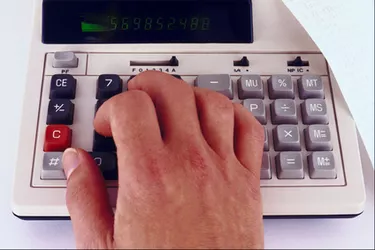
Default rate is the number of defaults a company has compared to the number of loans it has outstanding. The default rate shows the percentage of loans that were defaulted on over a specific period. Usually the period analyzed is monthly, quarterly, semi-annually or annually. The higher the default rate a company has, the worse it is at issuing solid debt and collecting on the debt issued. Analysts can use the same calculation to see the rate a single company defaults on its loans.
Step 1
Determine the total number of defaults on loans a company has over the course of a year. For example, a small lender had three people default on personal loans this year. Alternatively, a small company defaulted on one loan during the year.
Video of the Day
Step 2
Determine the number of loans outstanding during the year for the lender. In our example, the small lender had 100 loans outstanding during the year. In the alternate; the small company had 5 loans during the year.
Step 3
Divide the number of defaults by the number of loans outstanding during the year. In our example, 3 divided by 100 equals a 3 percent default rate. In the alternative, 1 divided by 5 equals a default rate of 20 percent for the year for the small company.
Video of the Day